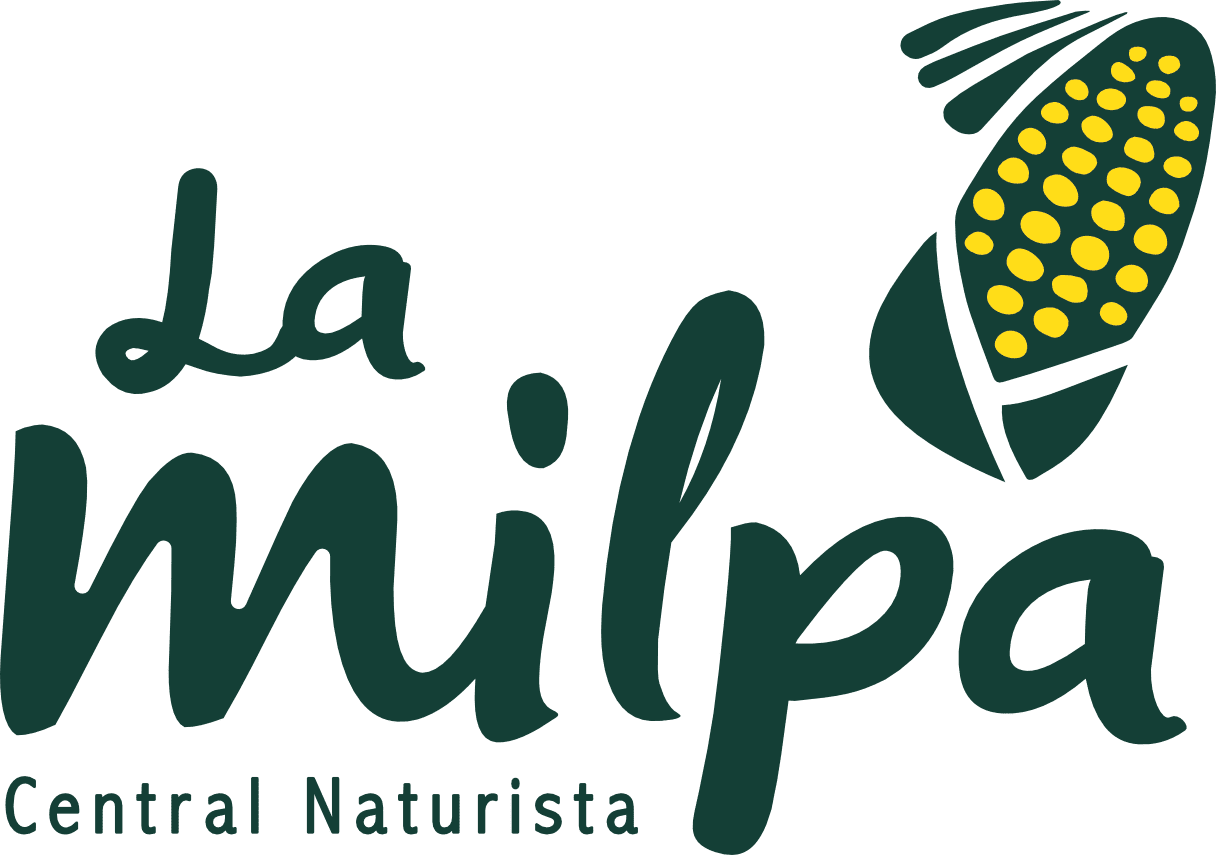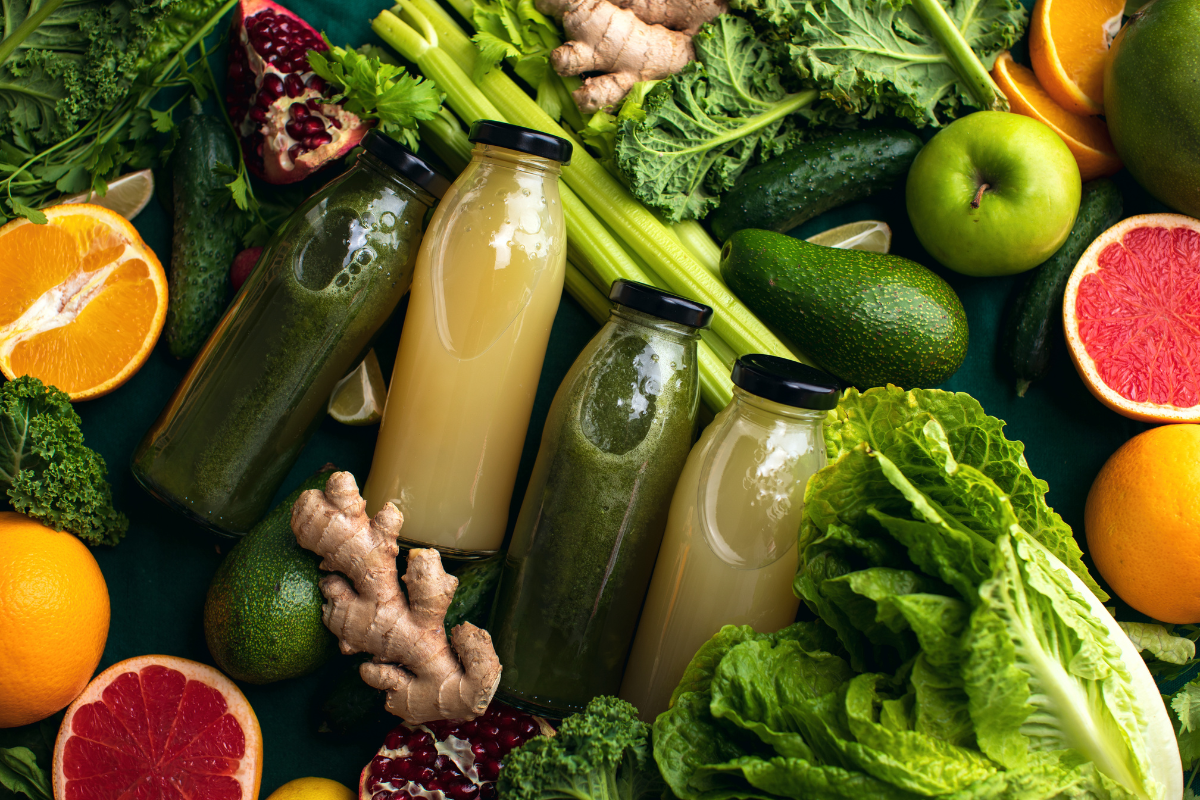La intoxicación o envenenamiento por metales pesados es la acumulación de estos en el cuerpo. Hoy estamos expuestos a elevados niveles de estos compuestos todos los días, mediante el aire (por combustibles fósiles, minería, etc.), el agua contaminada, los cosméticos, tabaco, alcohol, pesticidas y herbicidas, y los alimentos.
Algunos metales son esenciales para la salud, como el zinc, el cobre y el hierro, y solo su sobredosis resulta tóxica. Pero en el caso de los metales pesados tóxicos, no hay cantidad benéfica.
Síntomas de intoxicación por metales pesados
• Arsénico
• Cadmio
• Plomo
• Níquel
• Mercurio
• Aluminio
Dependerán del metal involucrado, pero los síntomas agudos incluyen:
*Jaquecas. *Dolor abdominal y cólicos. *Náusea y/o vómito *Diarrea *Fatiga *Dificultad para respirar
En los casos más severos de intoxicación crónica se experimentan los siguientes síntomas:
• Ardor y tics
• Infecciones crónicas recurrentes
• Neblina mental
• Problemas de la vista
• Insomnio
• Parálisis o entumecimiento periférico
Alimentos a preferir
Estos alimentos se ligan a los metales tóxicos y ayudan a removerlos del cuerpo.
• Cilantro
• Ajo
• Moras azules
• Fresas
• Limonada
• Espirulina
• Clorela
• Jugo de germinados de cebada o trigo
• Jugo de alfalfa
• Algas marinas pardas
• Cúrcuma
• Curry
• Té verde, Matcha, Té blanco
• Tomates
• Probioticos
Alimentos a evitar
Todos los ultra procesados
Grasas animales (Mantecas)
Grasas trans (margarinas, aceites hidrogenados)
Aceites refinados
Arroz blanco, y arroz integral no orgánico
Algunos pescados (Tiburón, Espada, Marlin, Atún, Bacalo, Robalo, Mero)
Todos los alimentos no orgánicos
Otras recomendaciones para desintoxicar
• Fibra dietética: La fibra vegetal ayuda a reducir los niveles de mercurio en la sangre y el cerebro.
• Clorela: Aumenta la desintoxicación de mercurio.
• Alimentos ricos en azufre: Como ajos y brócoli. El ajo ayuda a evitar daños al riñón por cadmio y reduce el daño oxidativo por plomo.
• Cilantro: También ayuda a reducir la absorción del plomo en los huesos de los niños.
Suplementos:
• Glutation: Protege a las células del daño oxidativo por metales pesados.
• Algas marinas pardas: Sus polisacáridos gelosos reducen la toxicidad por metales pesados hasta en 74%.
• Aminoácidos sulfurosos: Como la cisteína, la metionina y la taurina.
• Ácido alfa lipoico: Es un antioxidante muy fuerte y capaz de quelar metales.
• Selenio: Ayuda a remover el mercurio.
• Vitaminas B-6, B-1 y C y E
- Flora SJS, et al. (2010). Chelation in metal intoxication. DOI: 10.3390/ijerph7072745
- Halttunen T, et al. (2007). Combining strains of lactic acid bacteria may reduce their toxin and heavy metal removal efficiency from aqueous solution. DOI: 10.1111/j.1472-765X.2007.02276.x
- Halttunen T, et al. (2007). Rapid removal of lead and cadmium from water by specific lactic acid bacteria. DOI: 10.1016/j.ijfoodmicro.2006.10.040
- Heavy metal poisoning. (2006). rarediseases.org/rare-diseases/heavy-metal-poisoning/
- Hodges RE, et al. (2015). Modulation of metabolic detoxification pathways using foods and food-derived components: A scientific review with clinical application. DOI: 10.1155/2015/760689
- https://www.karger.com/Article/Abstract/109829
- Monachese M, et al. (2012). Bioremediation and tolerance of humans to heavy metals through microbial processes: A potential role for probiotics? DOI: 10.1128/AEM.01665-12
- Reddy SY, et al. (2010). Thiamine reduces tissue lead levels in rats: Mechanism of interaction. DOI: 10.1007/s10534-009-9282-8
- Salawu EO, et al. (2009). Prevention of renal toxicity from lead exposure by oral administration of Lycopersicon esculentum. academicjournals.org/article/article1391694030_Salawu et al.pdf
- Singh R, et al. (2011). Heavy metals and living systems: An overview. DOI: 10.4103/0253-7613.81505
- Tchounwou PB, et al. (2012). Heavy metals toxicity and the environment. DOI: 10.1007/978-3-7643-8340-4_6
- Questions & answers: Arsenic in rice and rice products. (2018). fda.gov/food/foodborneillnesscontaminants/metals/ucm319948.htm
- Zhai Q, et al. (2015). Dietary strategies for the treatment of cadmium and lead toxicity. DOI: 10.3390/nu7010552
- Adlard, P. A., & Bush, A. I. (2018). Metals and Alzheimer’s disease: How far have we come in the clinic? https://www.ncbi.nlm.nih.gov/pmc/articles/PMC5870044/
- Callegaro, M. G., et al. (2011). Effect of wheat bran and flaxseed on cadmium effects and retention in rats [Abstract]. https://www.ncbi.nlm.nih.gov/pubmed/20876162/
- Chelation for coronary heart disease. (2019). https://nccih.nih.gov/health/chelation
- Eliaz, I., et al. (2007). Integrative medicine and the role of modified citrus pectin/alginates in heavy metal chelation and detoxification – Five case reports [Abstract]. https://www.karger.com/Article/Abstract/109829
- Gould Soloway, R. A. (n.d.). Chelation: Therapy or “therapy”? https://www.poison.org/articles/2011-mar/chelation-therapy
- Gould Soloway, R. A. (n.d.). Vaccines do not cause autism. https://www.poison.org/Articles/2010-Oct/Vaccines-Do-Not-Cause-Autism
- Heavy metal poisoning. (2006). https://rarediseases.org/rare-diseases/heavy-metal-poisoning/
- Hegde, M. L., et al. (2009). Challenges associated with metal chelation therapy in Alzheimer’s disease. https://www.ncbi.nlm.nih.gov/pmc/articles/PMC2931820/
- Jaishankar, M., et al. (2014). Toxicity, mechanism and health effects of some heavy metals. https://www.ncbi.nlm.nih.gov/pmc/articles/PMC4427717/
- Kim, J.-J., et al. (2019). Heavy metal toxicity: An update of chelating therapeutic strategies [Abstract]. https://www.sciencedirect.com/science/article/pii/S0946672X1830748X?via%3Dihub
- Li, Y. F., et al. (2012). Organic selenium supplementation increases mercury excretion and decreases oxidative damage in long-term mercury-exposed residents from Wanshan, China [Abstract]. https://www.ncbi.nlm.nih.gov/pubmed/23033886
- Sears, M. E. (2013). Chelation: Harnessing and enhancing heavy metal detoxification—A review. https://www.ncbi.nlm.nih.gov/pmc/articles/PMC3654245/


